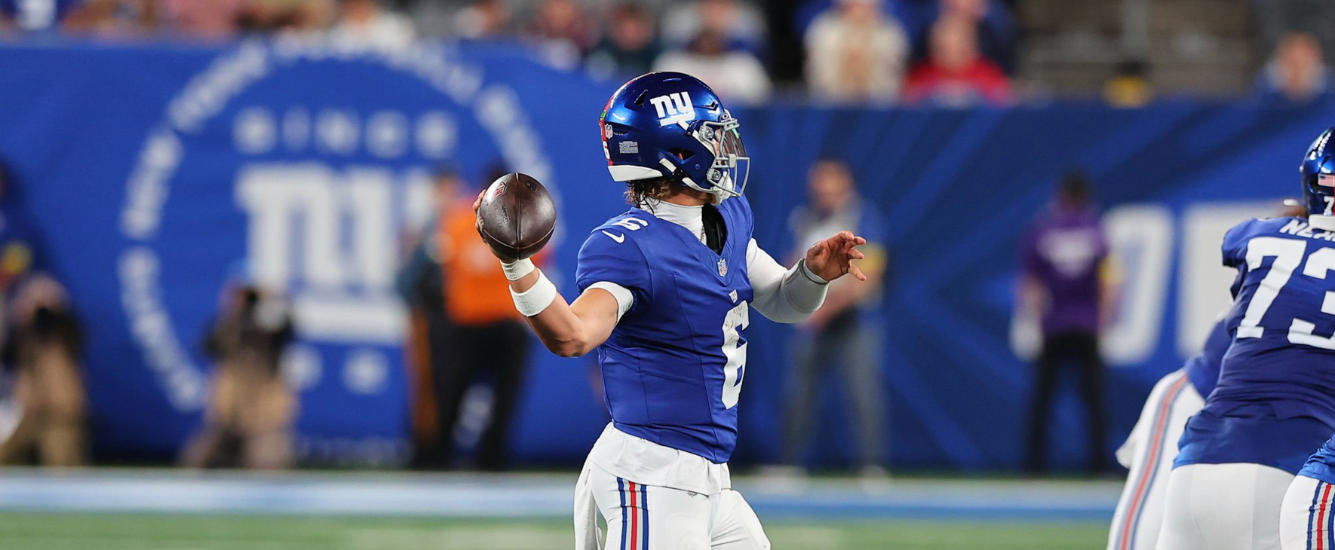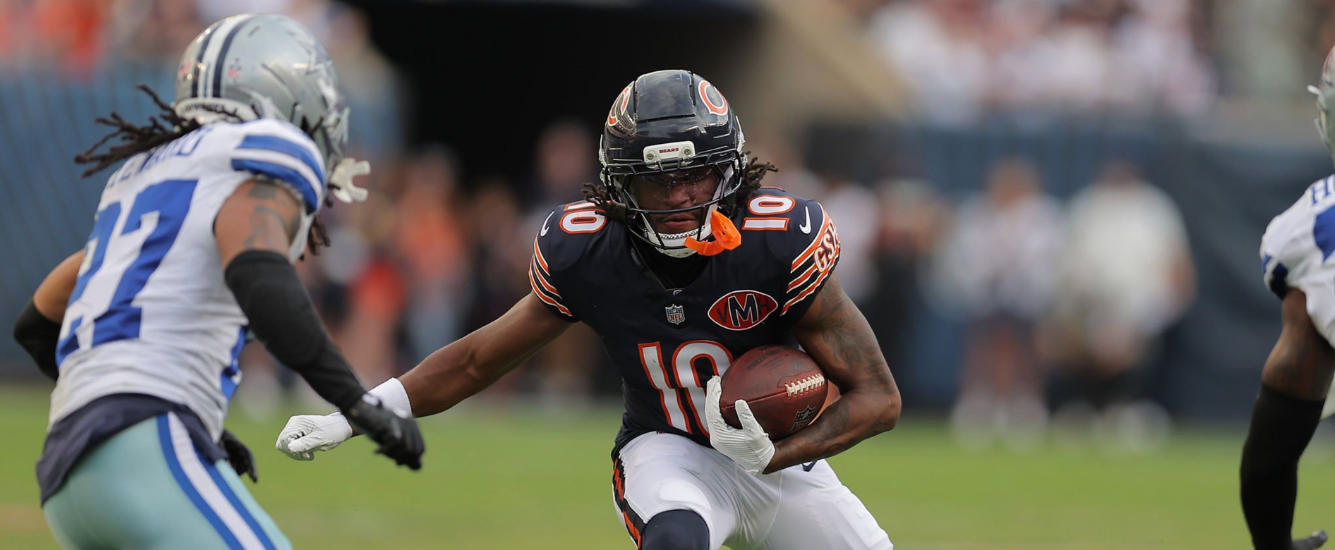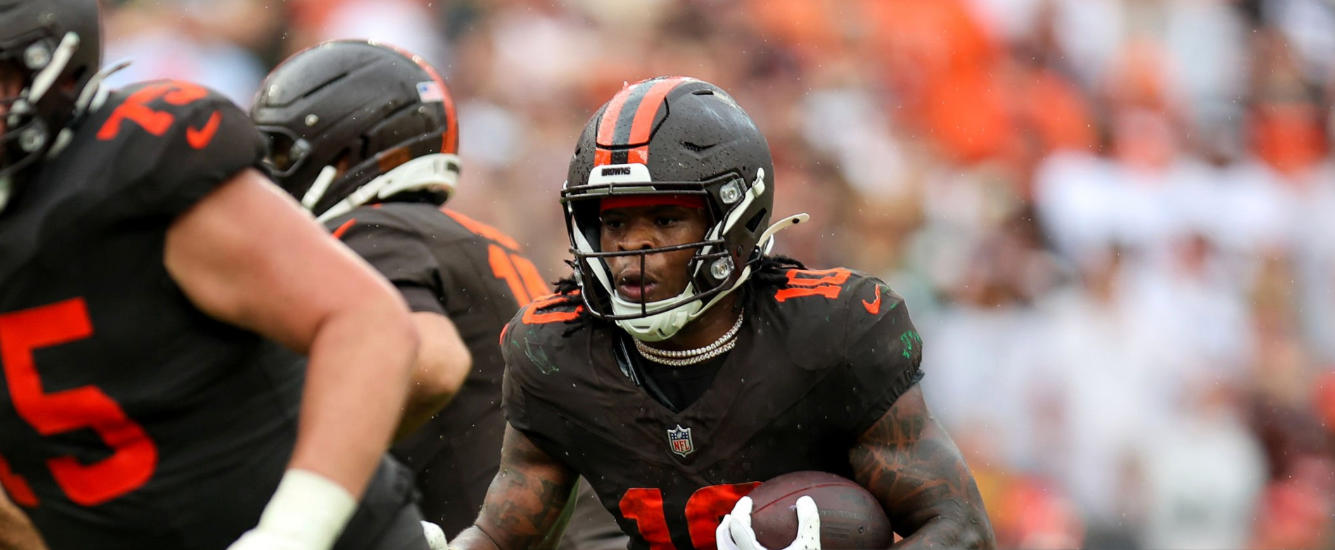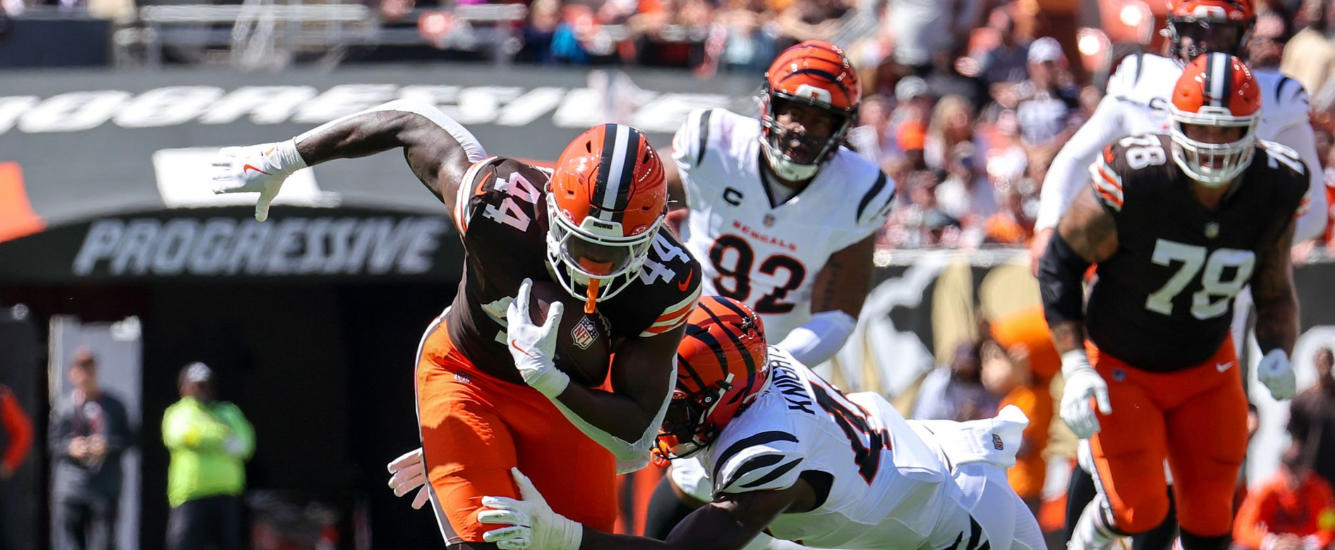Hitting offensive line draft picks is the best thing you can do for the trenches on that side of the ball. It’s still useful for fantasy to evaluate how much personnel turnover each team will work through up front, and how rookies fit in.
I’ve detailed the correlation between offensive line continuity and production metrics over the past 10 years, six of those at RotoViz. This latest installment will examine the impact from the 2024 NFL draft.
Massive infusion of OL talent
This offensive line class carried a ton of hype heading into draft weekend, as betting markets featured an over/under for first-round OL selections at 9.5 with the over at nearly minus-200. The Under 9.5 hit at plus money but it was very close, and the 25 linemen drafted through two rounds smashed any mark from the past 20 years as noted by Brandon Thorn — who you can hear chat with me about Tyron Smith, Zack Martin, and what made Cowboys lines so great on my RotoViz podcast Remember That Game.
As I project rookie starters entering the regular season, the past Week 1 totals serve as a baseline. More rookie starters get out there than even a few years ago, particularly for linemen acquired after the first round. The immediate starting prospects for those later selections and undrafted free agents are tougher to predict in early May, so let’s start with a conservative estimate based on the situation in each OL room.

The two sit-and-learn draftees from Round 1 are Jets OT Olu Fashanu and the Bengals OT Amarius Mims. Gang Green already paid up for tackles Tyron Smith and Morgan Moses, and ditto Cincy with Orlando Brown Jr. and Trent Brown.
Rookies on new-look lines
Let’s start with projected rookie Week 1 starters on offensive lines replacing multiple starters. Again, two things can be true: 1) More continuity is better than less, and 2) Quality play under a rookie contract is better than poor performers continuing to start.
However, each of the top 12 offenses since 2018 return three or more members of their starting offensive line on average, while that figure drops from 100% to 50% for the bottom 12 offenses. Narrowing to the very ends of the spectrum, the top 5 offenses average 3.4 incumbents and for the bottom five it’s just 2.9 of five returning starters, or a majority of the offensive line turning over.
So let’s separate continuity and put it into focus with rookie infusions, starting with Pittsburgh’s designs on entering the season playing two rookie starters in Troy Fautanu and Zach Frazier.




















